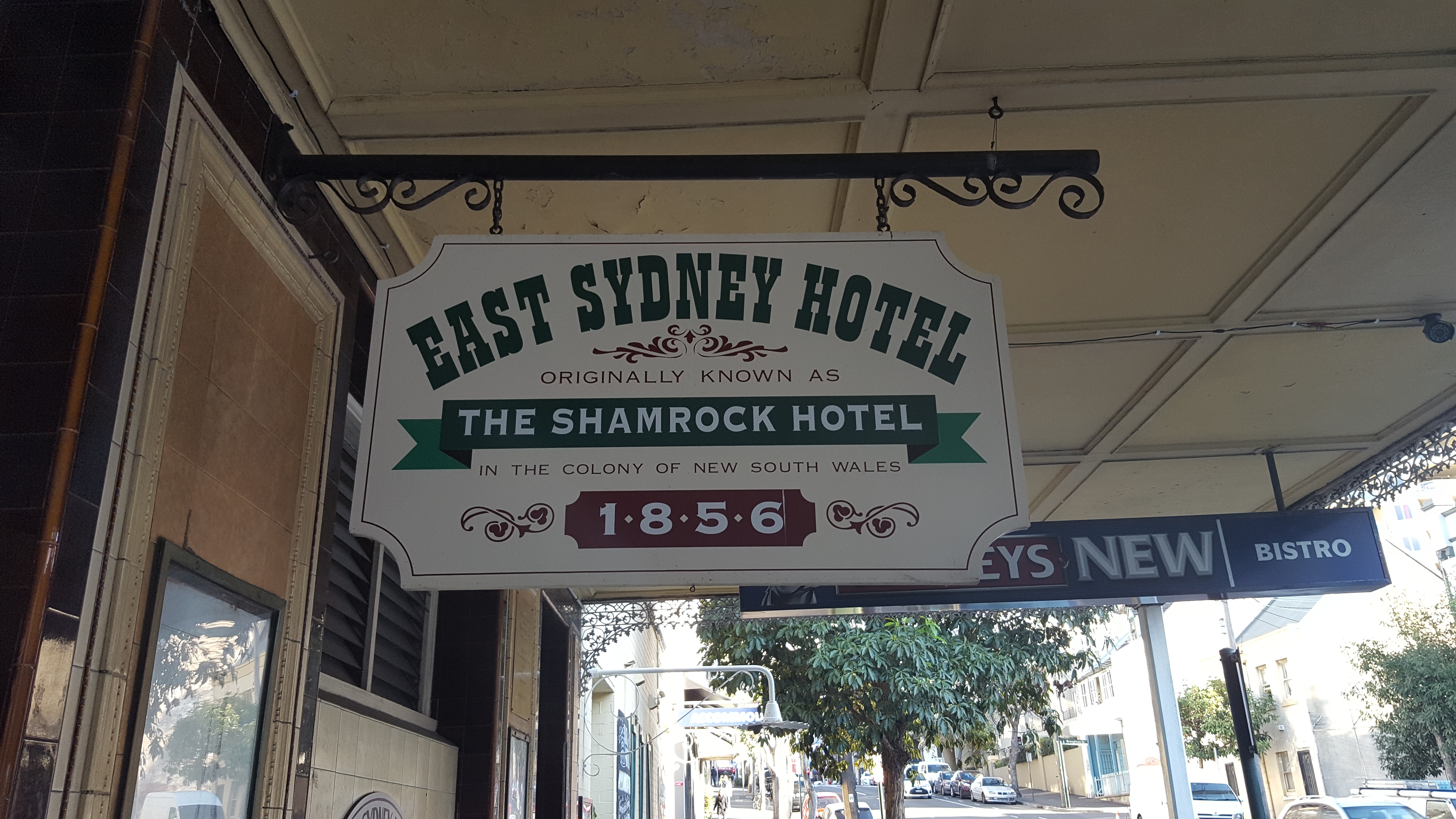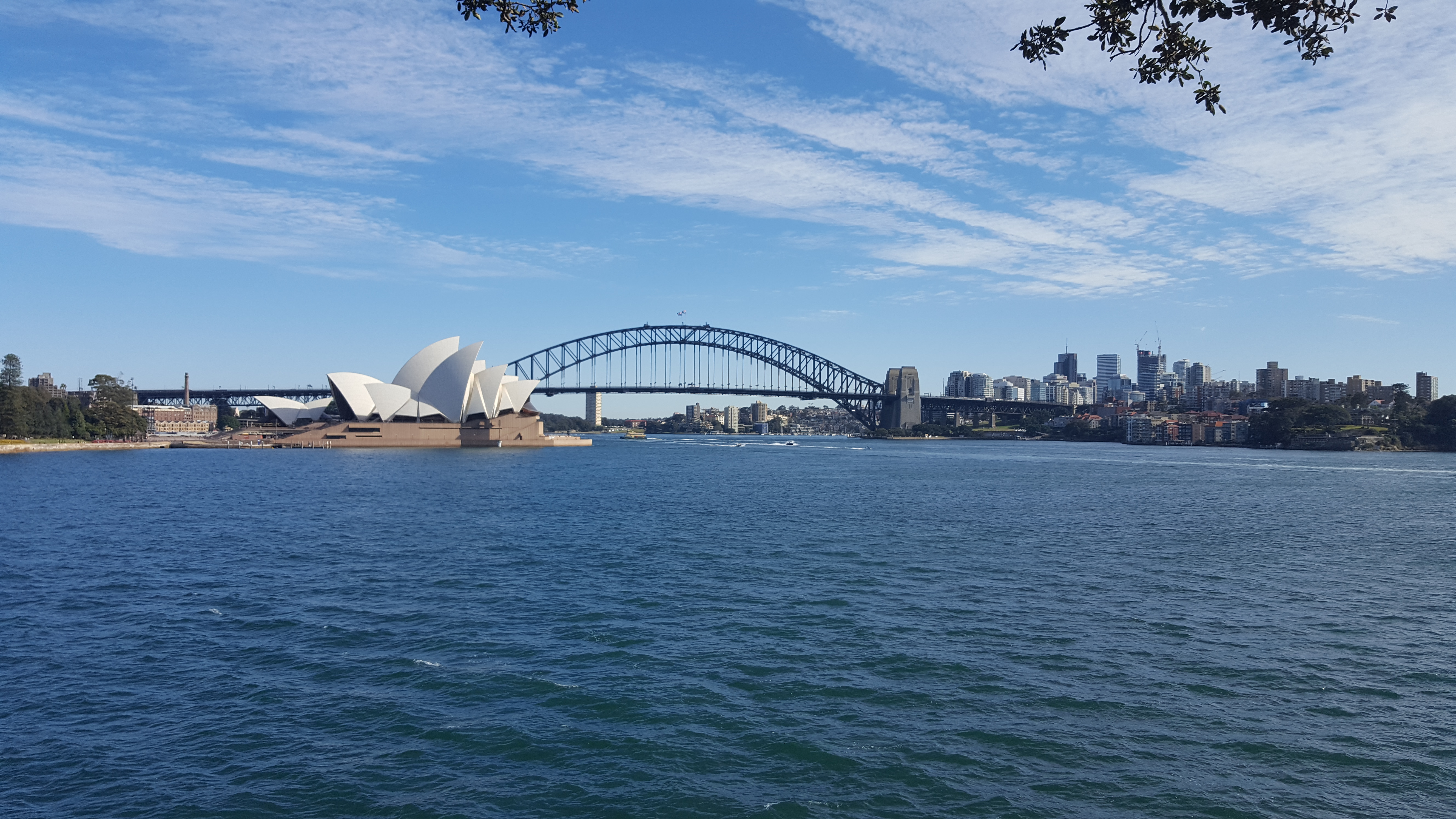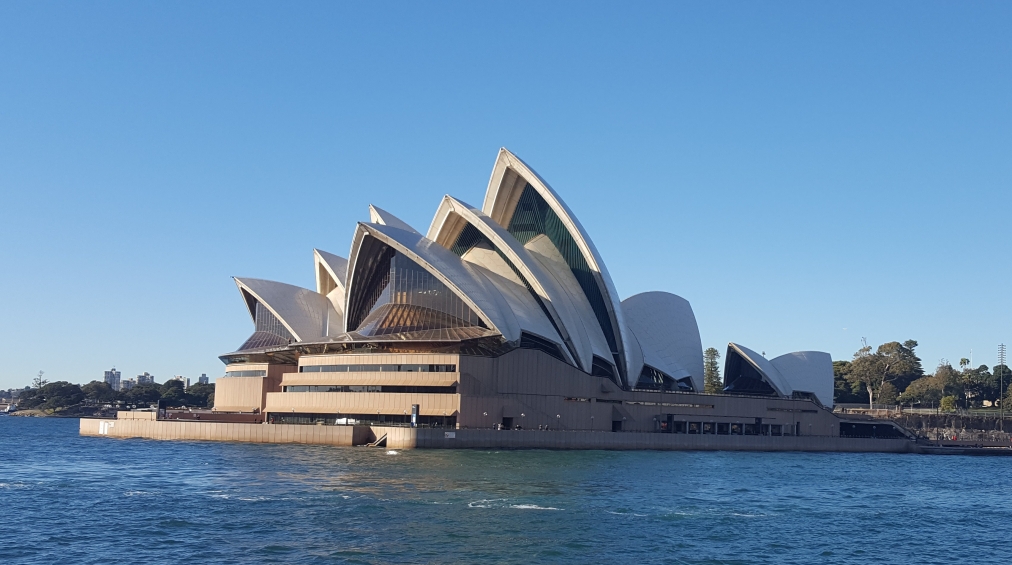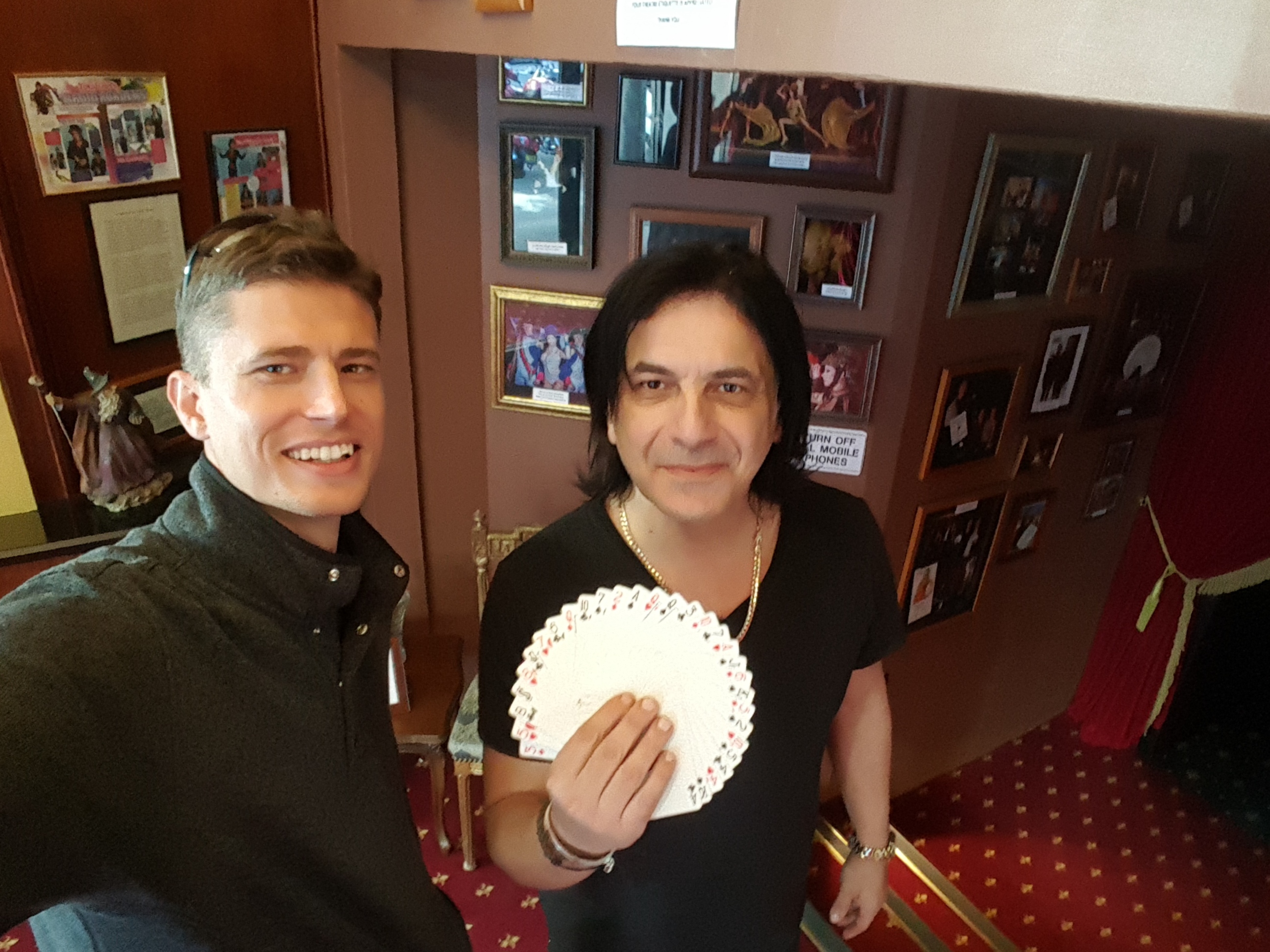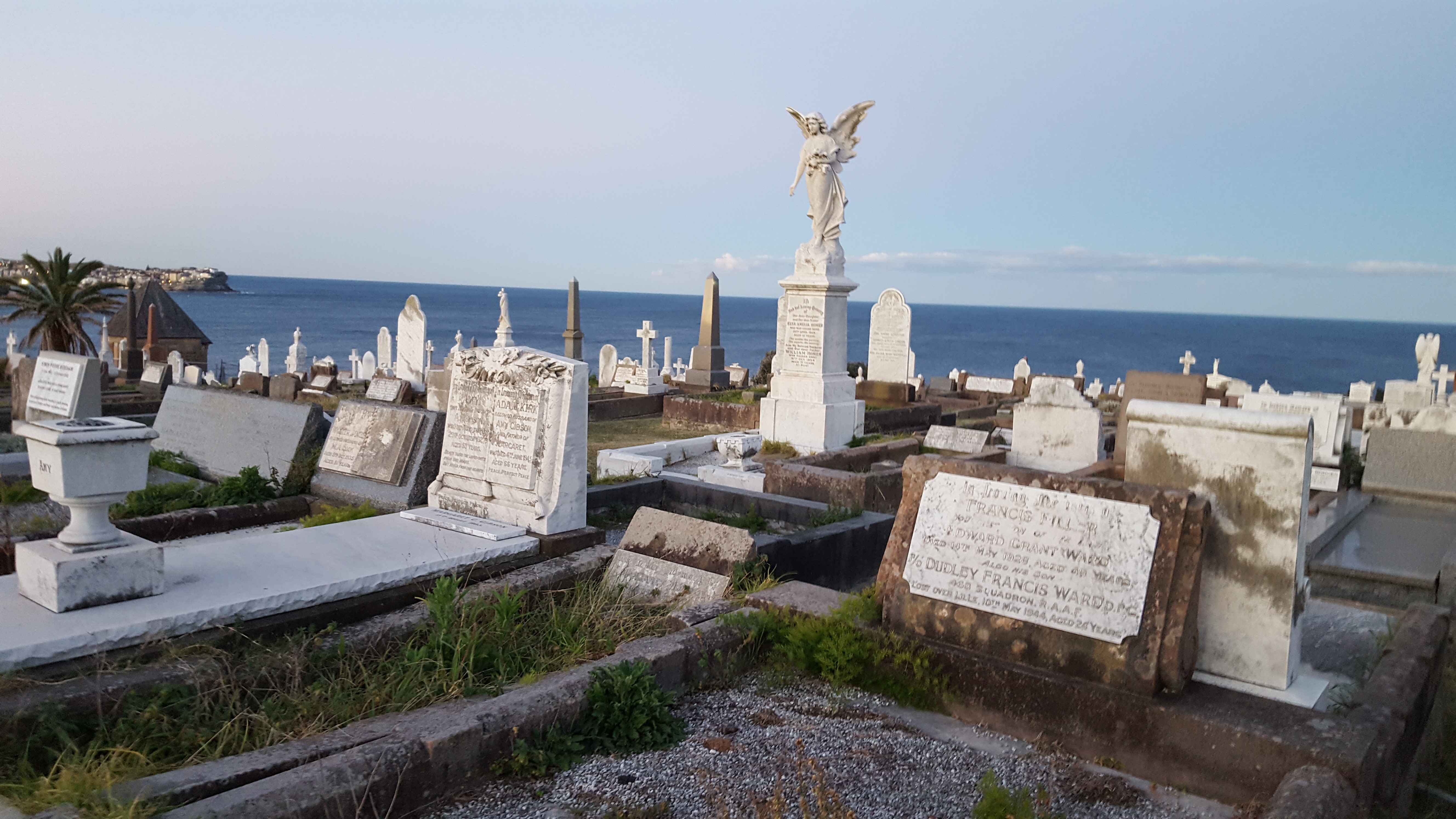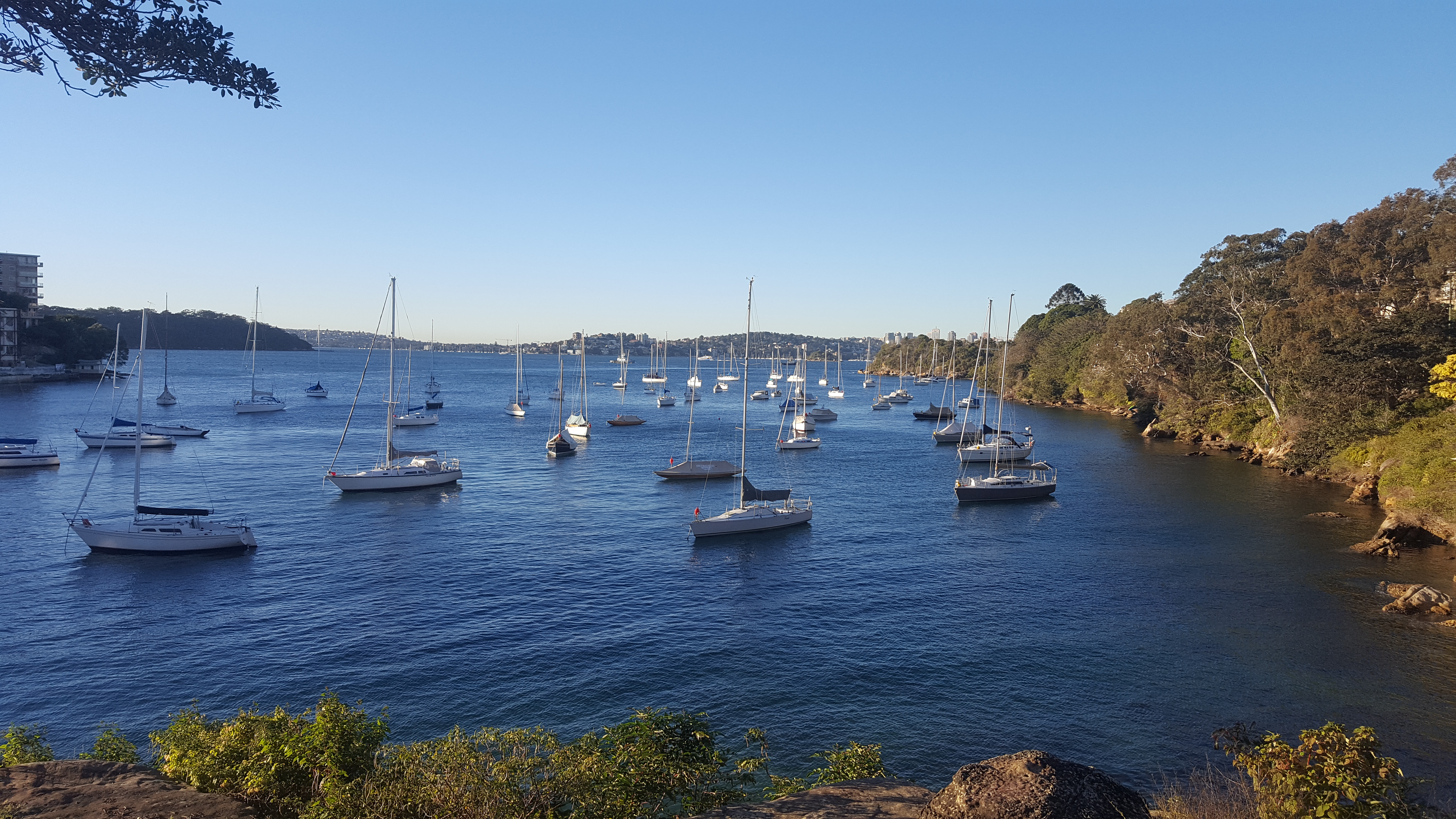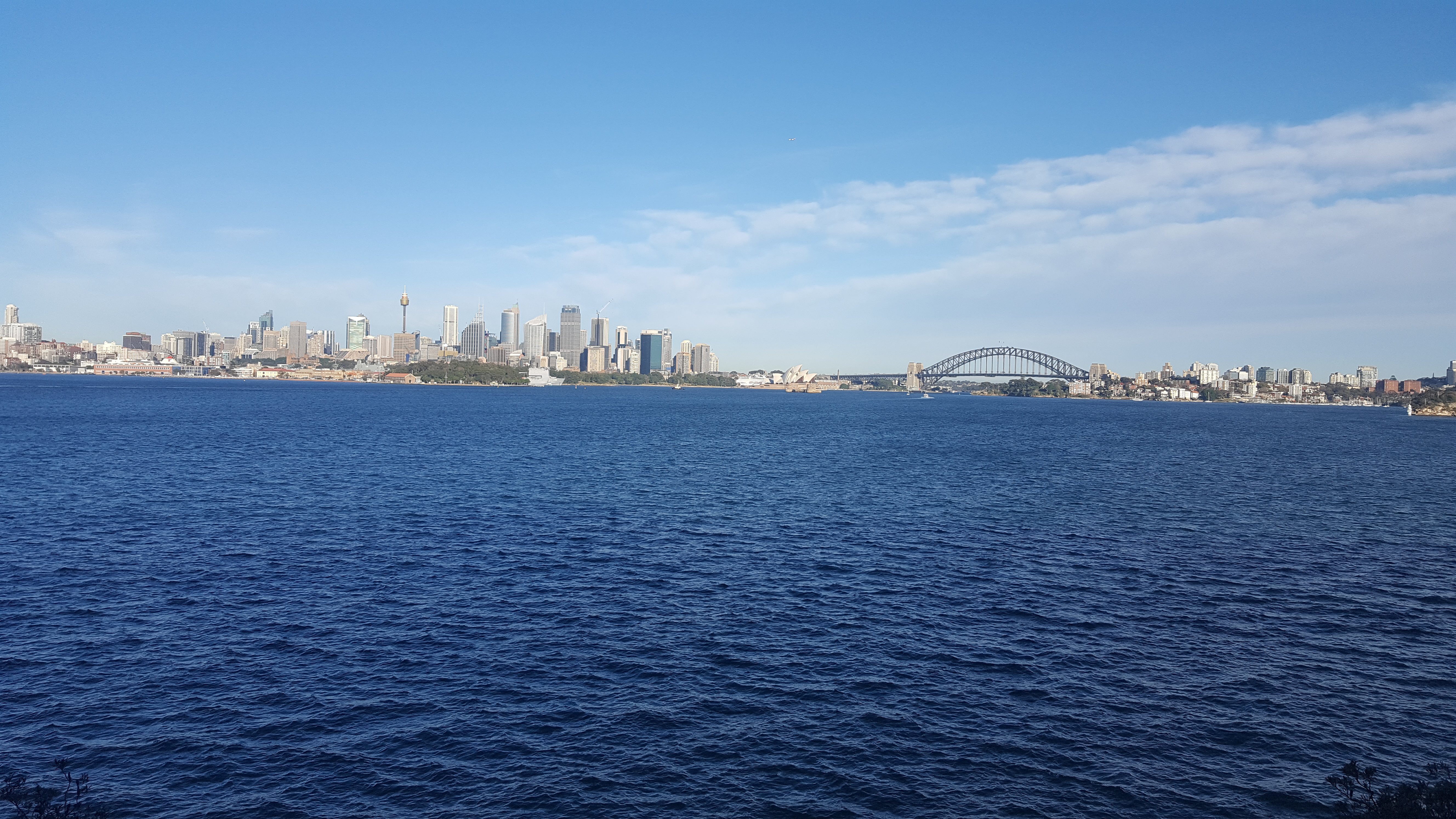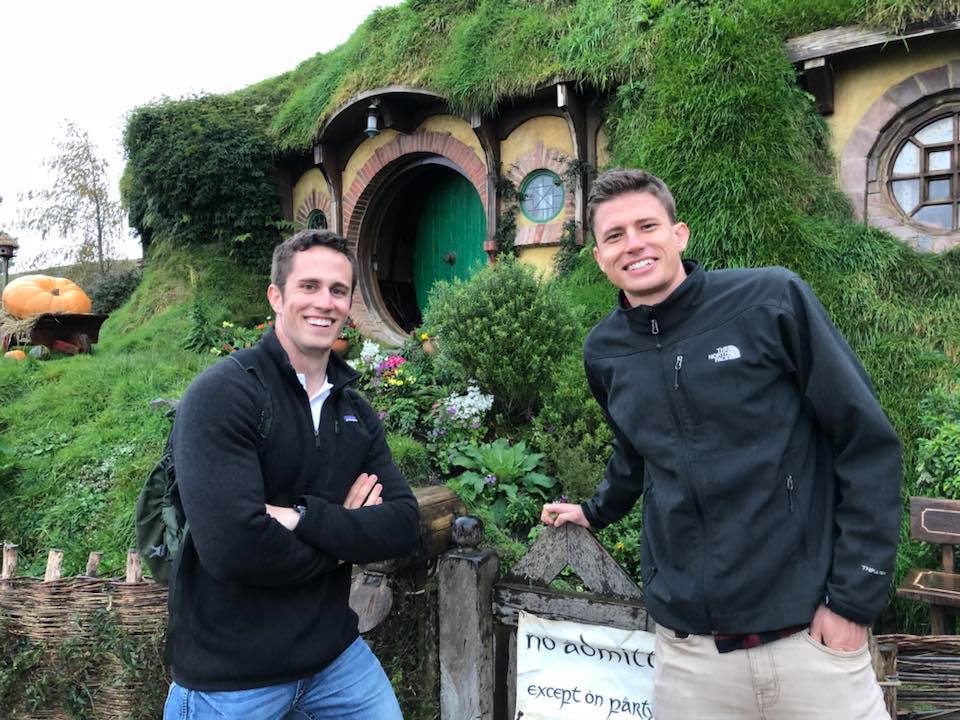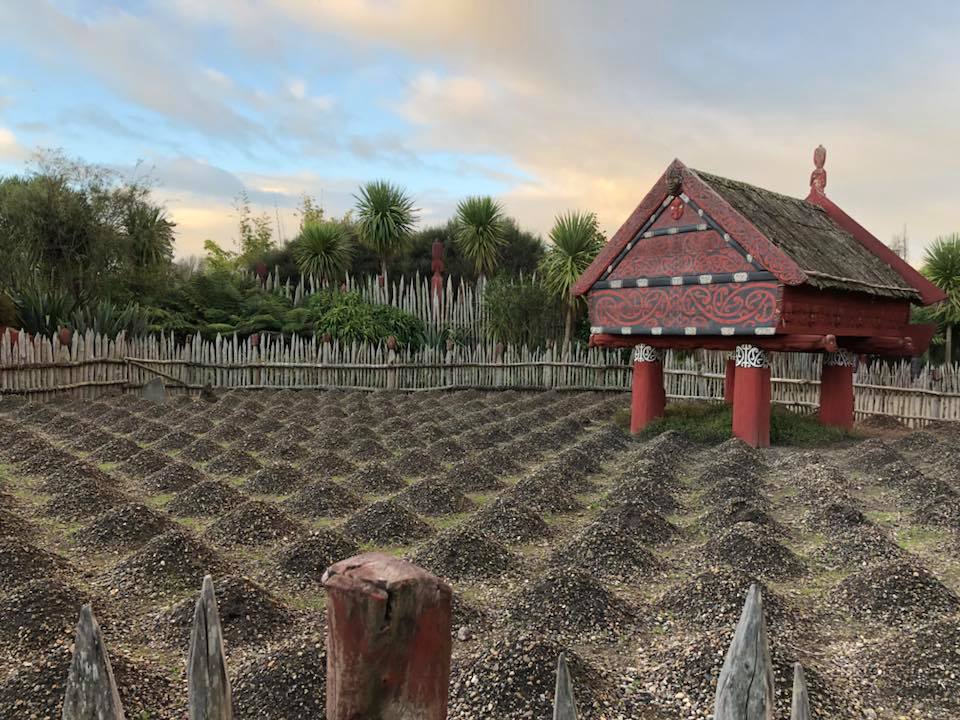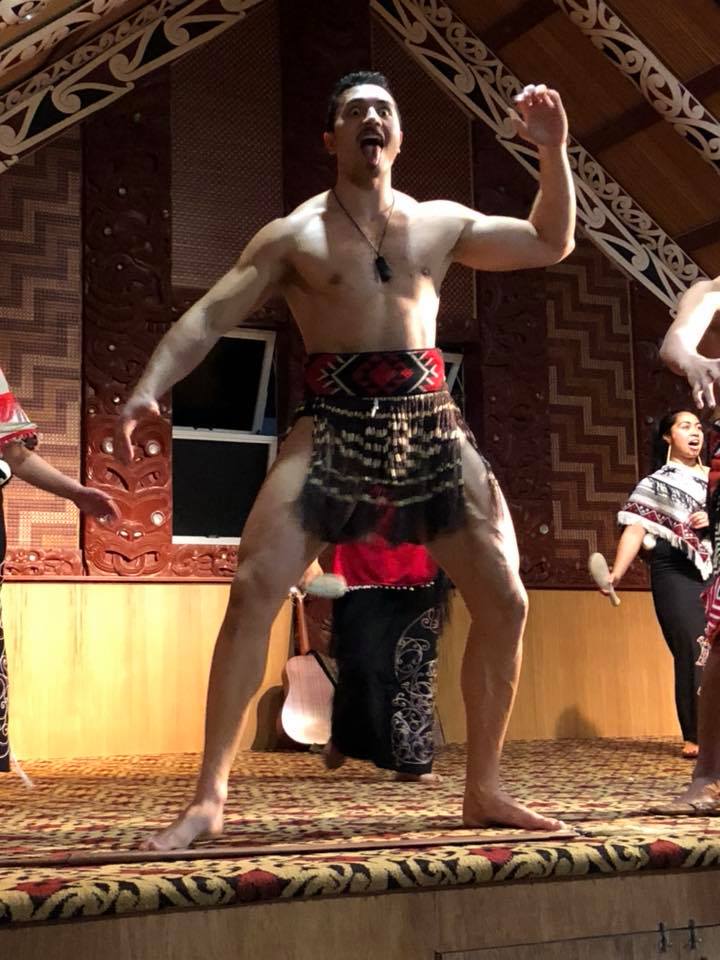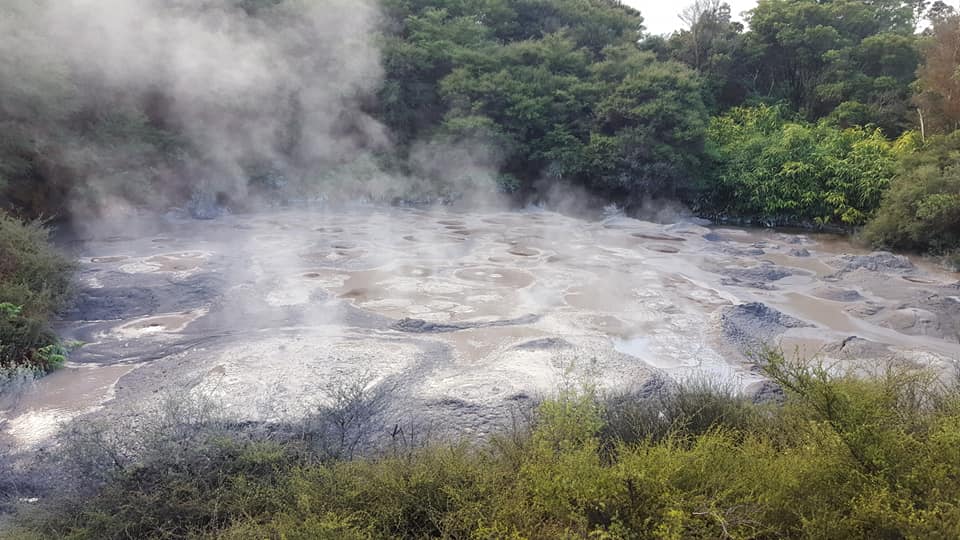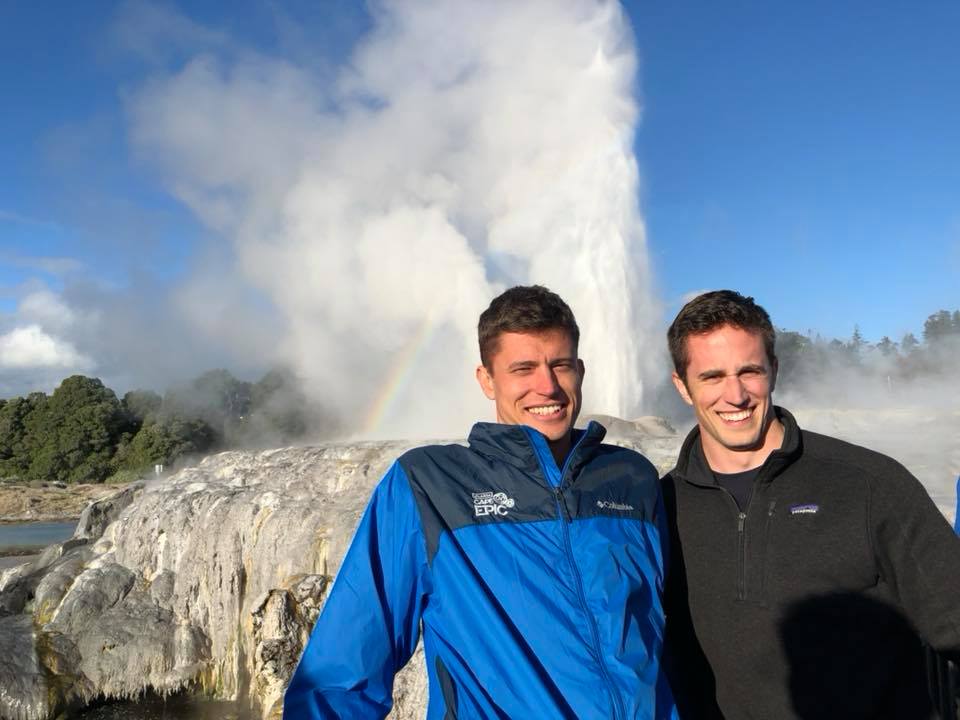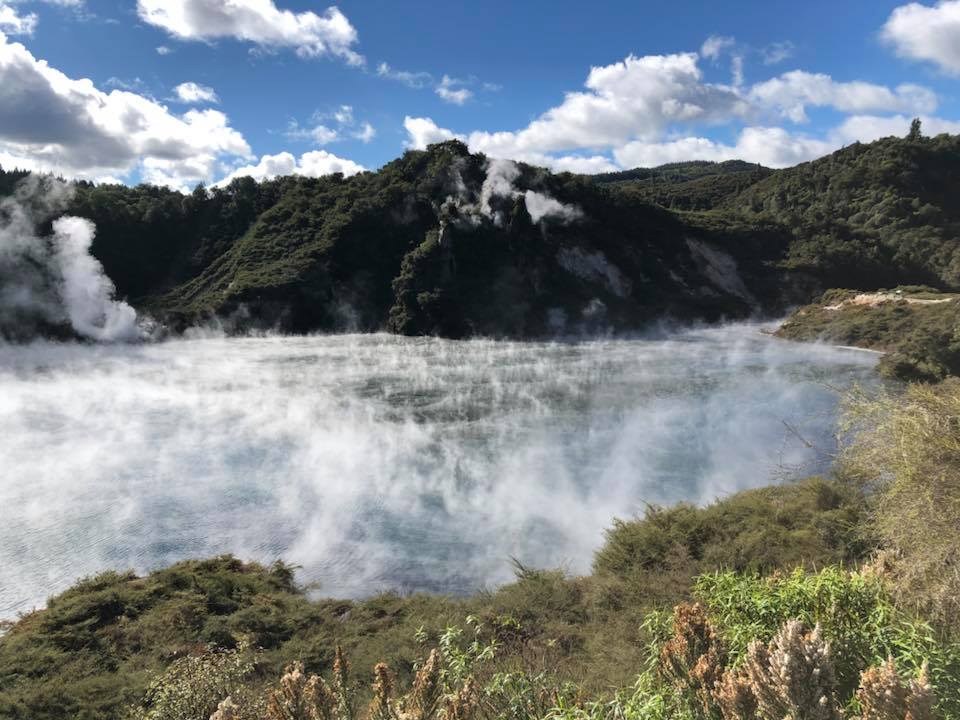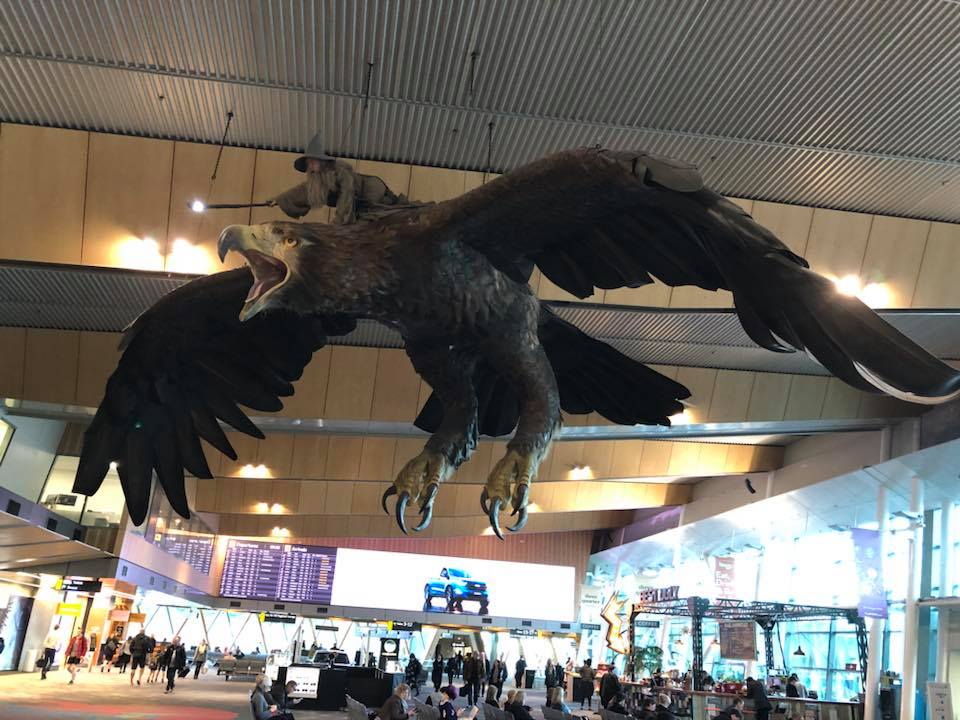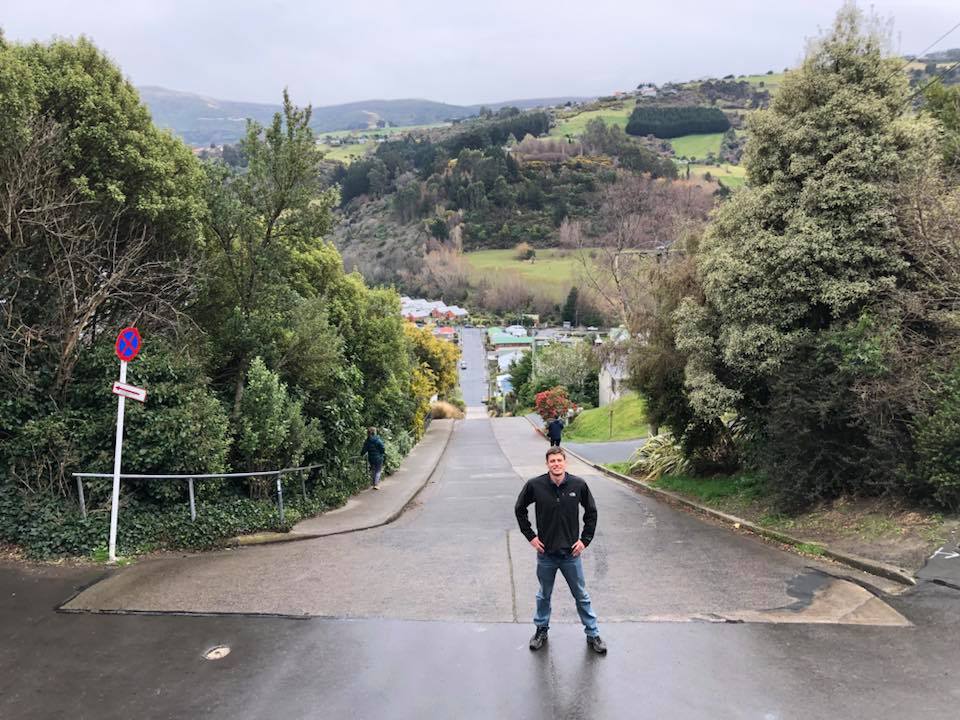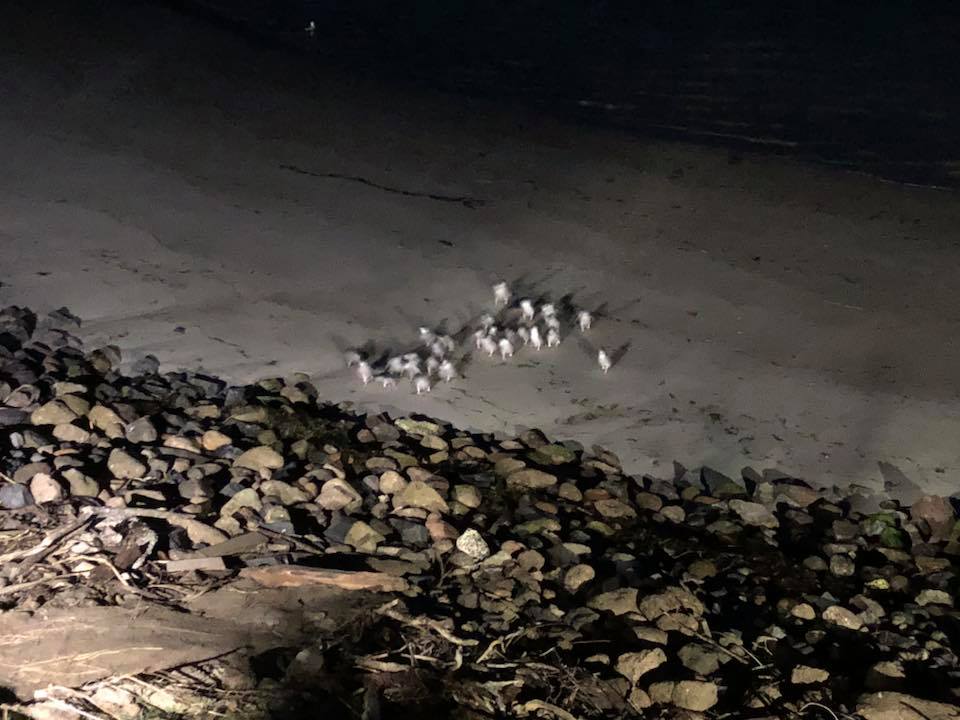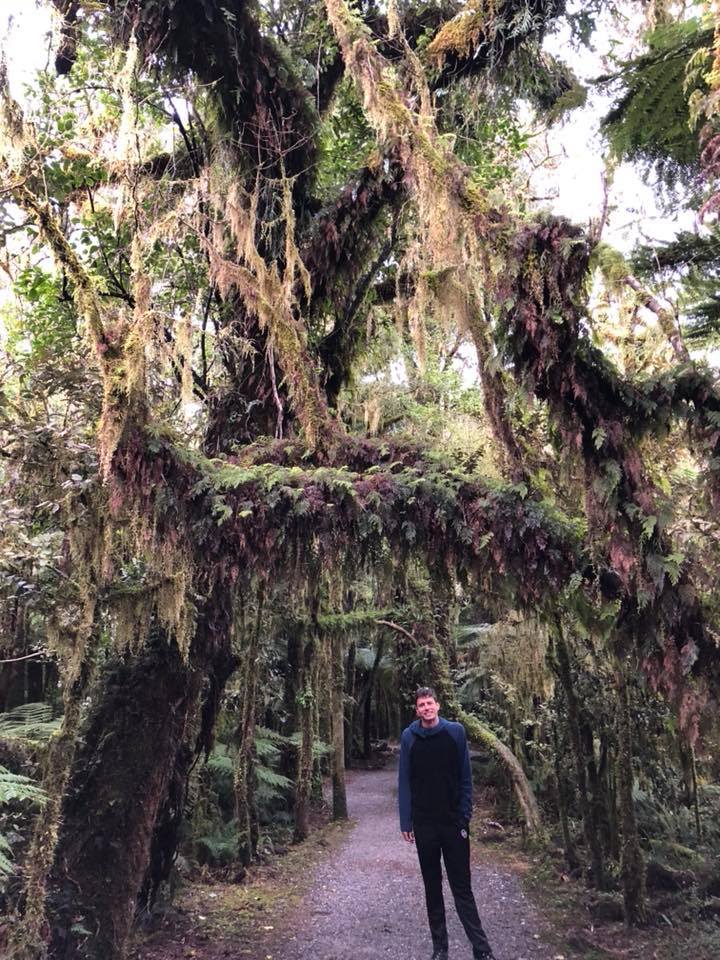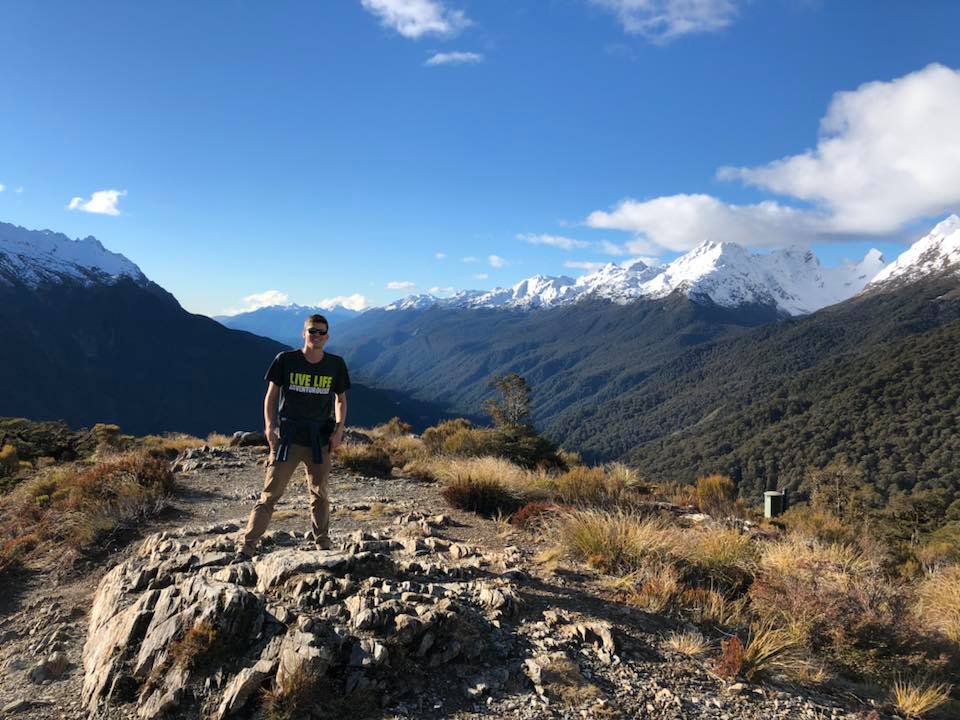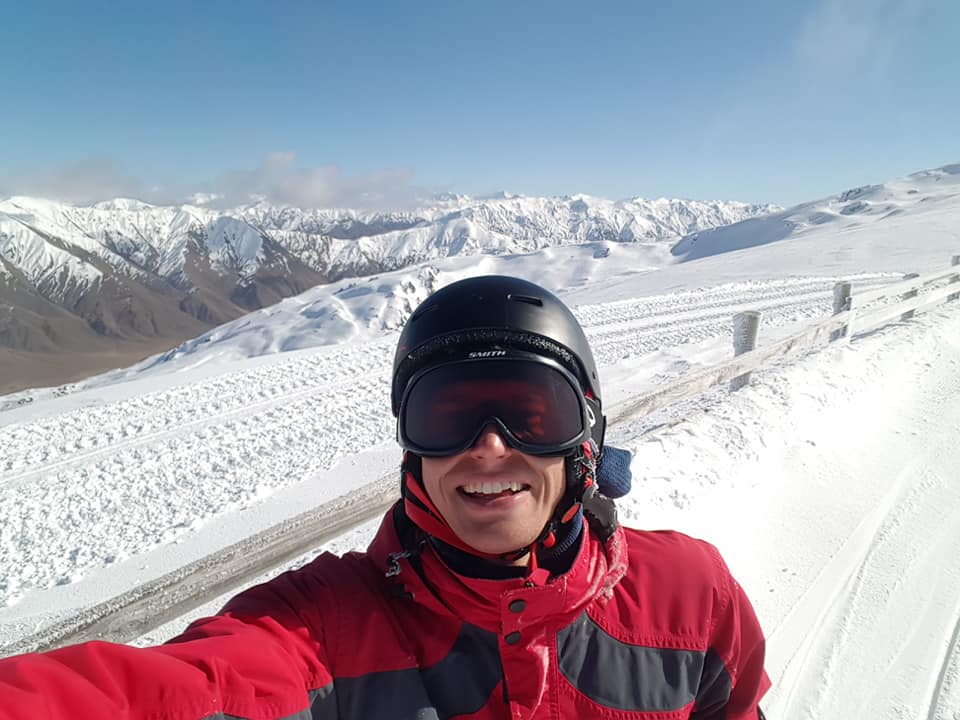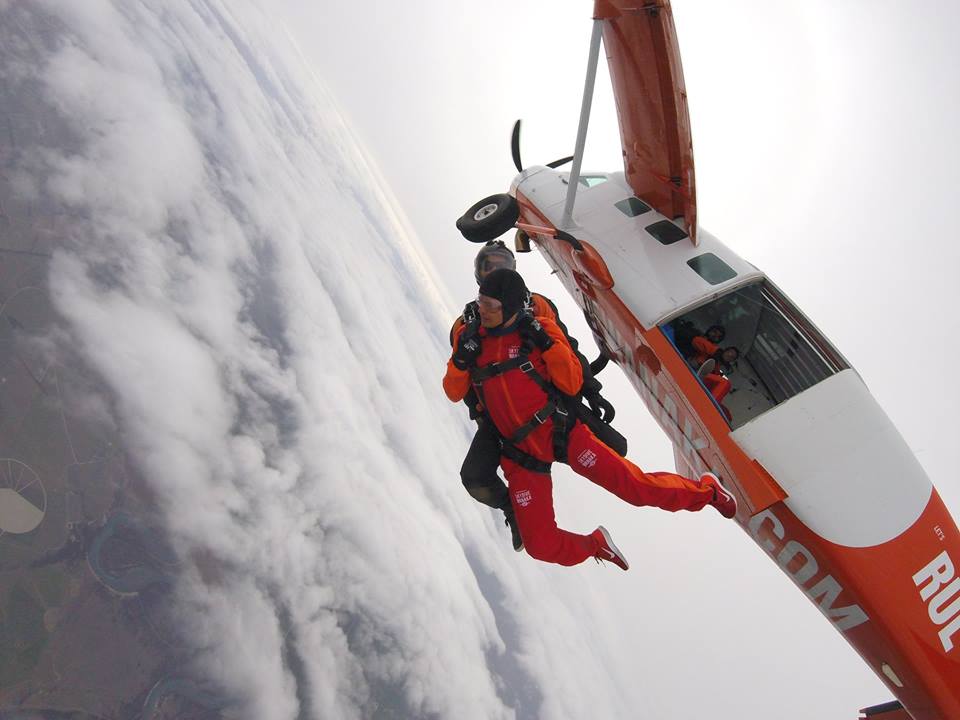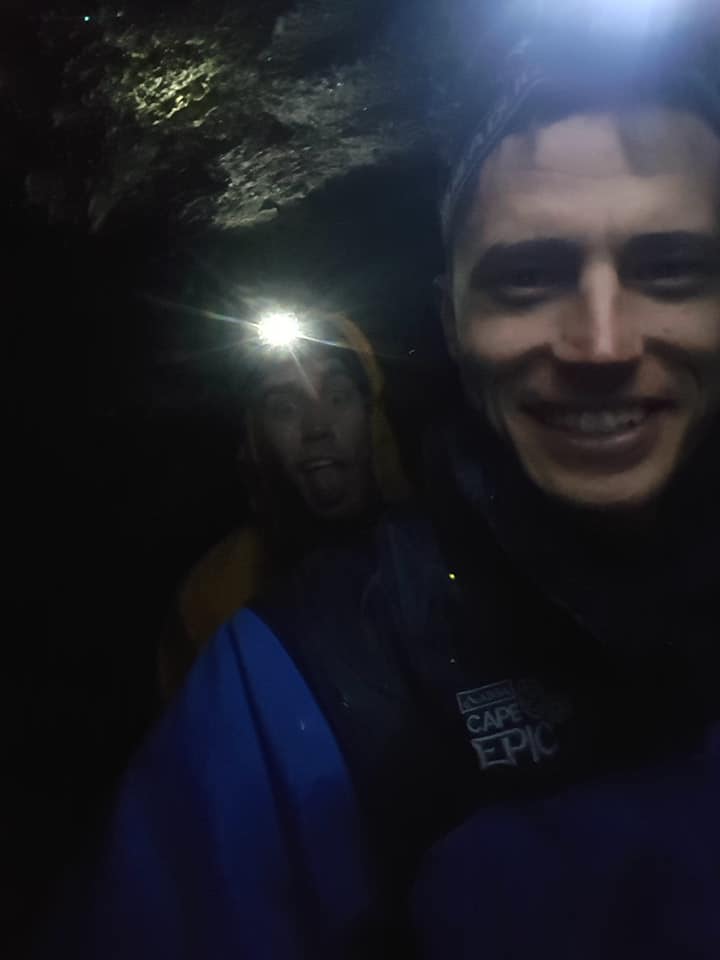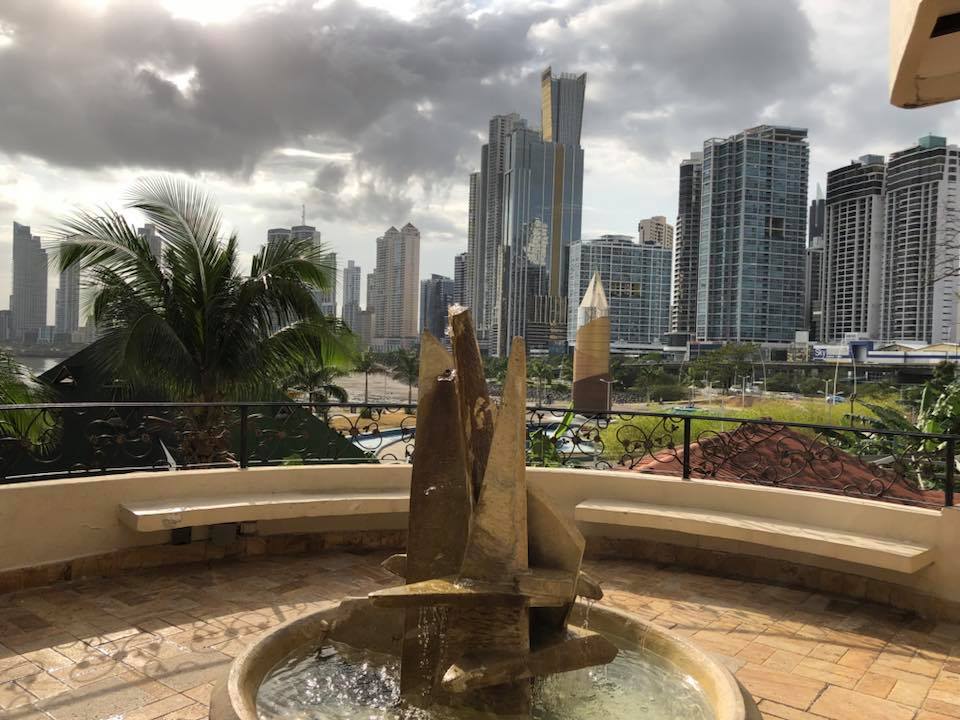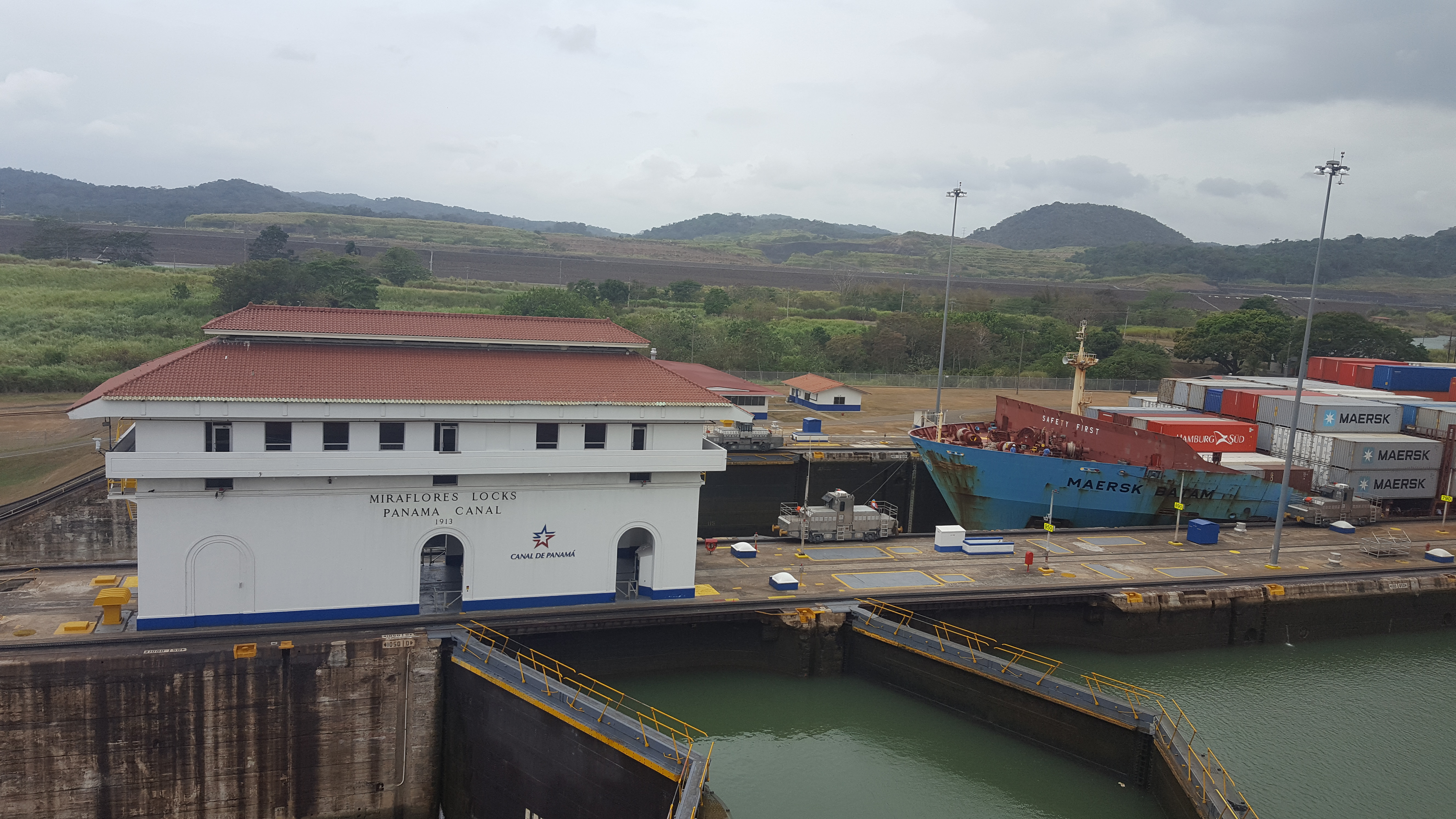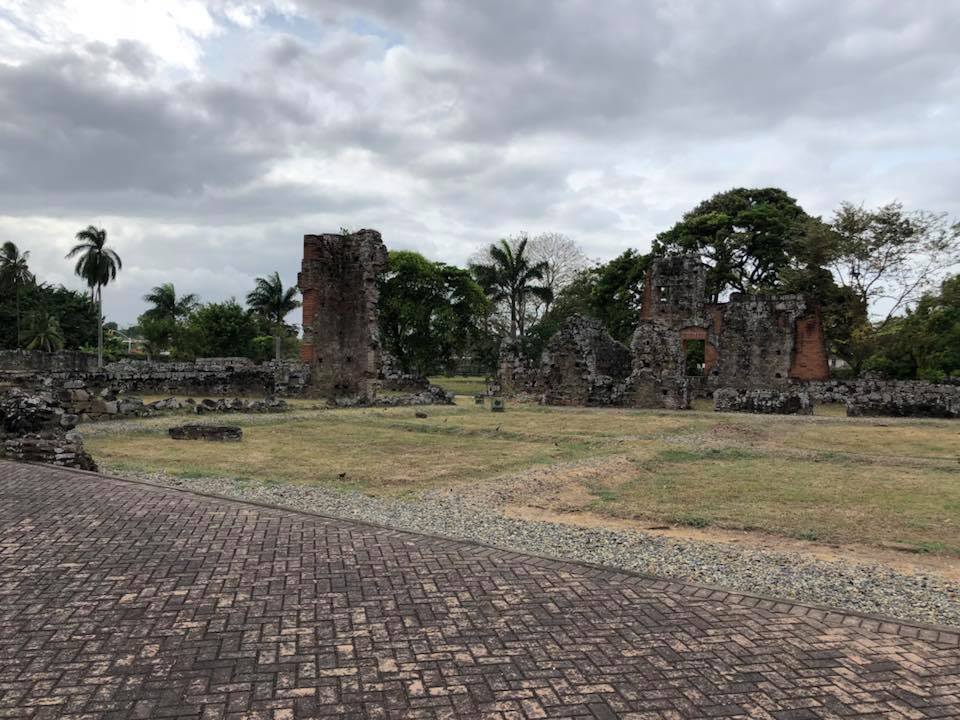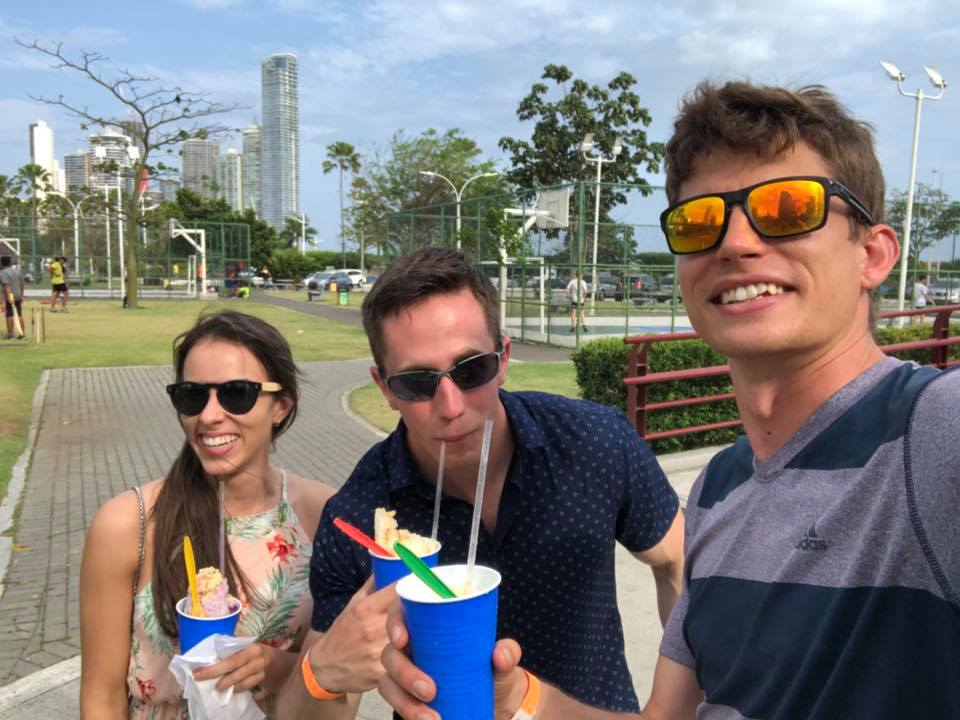In one of my more spontaneous moves, I booked last-minute flights to Madrid on February 1st. The roundtrip fare was $1, which with an additional $440 in taxes and fees was still a terrific deal. Less than a week later, I boarded the plane, flew seamlessly across the Atlantic, and found myself in Spain’s iconic capital city on the morning of February 8th. The only thing I booked ahead of time was a weeklong language course in Madrid and an accompanying homestay – everything else would be cobbled together on the fly once I arrived. I would end up seeing several cities in central and southern Spain, exploring Spain’s rich gastronomy, learning over 2000 years of Spanish history (at least the CliffsNotes edition), and forging friendships that I expect will last a lifetime…all in all, an incredibly rewarding trip! Now, the only way to defeat jetlag is to dive immediately into sightseeing, so let’s get right to it.
Toledo
I went straight from Spain’s capital airport onto a tour bus to Spain’s former capital on the hill, the medieval city of Toledo. The approach built up anticipation, ascending from the dry plains of Madrid’s exurbs into a rocky landscape dotted with battlements and manors and monasteries. Obligatory photos were taken at the 9th century Alcantara bridge and the city overlook above the Tajo River gorge. We stopped in the metalworks factory, where artisans and their students fashioned intricate designs from gold and silver wire to be fused into fine jewelry and tableware. When we were finally ready to tour the city, we rode the underground tourist escalator from the bottom of the hill to where it deposited us in Zocodover Square. There, the grandeur of 16th century Spanish ambience was visible immediately with the painted buildings and iron balconies, all hovering over a touristy streetscape of trendy cafes and gift shops displaying full-size steel swords by the thousand. In that regard, Toledo felt like a tourist zoo, shuffling visitors between notable architectures while encouraging a sort of medieval or conquistador roleplay.
But once I wandered off onto the side streets, I found the city’s bucolic character that the 10,000 residents of the old town experience daily. Stone alleys, often accessed through massive wooden doors, lined with 2-3 stories of window balconies. Dog walkers casually smoking cigarettes and chatting with neighbors, while their dogs engaged in a wordless drama with the neighborhood cats. Quiet plazas where Christians, Arabs, and Jews once congregated, living side-by-side for centuries before the Inquisition. It was here that I ducked into a small museum dedicated to Manchego cheese, where a warm host introduced the history, traditional techniques, and cultural importance of sheep’s cheese before leading a decadent tasting: a spread that ranged from young cheese (aged three months to soft, sweet perfection) to old cheese (aged over a year to rich sharpness and a tree-bark aftertaste), accompanied by a nice glass of tempranillo. I finished my visit in the cathedral, marveling at the elegant painted stone building blocks of the cavernous gothic-style nave. My favorite part was the sacristy chamber, lined twice around with gilded portraits of every bishop of Toledo going back to the 4th century. The place displayed a grandeur indicative of an illustrious religious history, earning the comment from my tour guide that “for Spanish people, this is our Rome.” Holy Toledo, what a powerful first-day introduction to Spain!



Sevilla
The next morning, I would catch a bullet train from Madrid to Sevilla, hurtling through various states of California-like scenery at nearly 200 mph to arrive in Spain’s 4th-largest city less than 3 hours later. Sevilla’s first glimpses were modern, with a typical cavernous train station and the iconic wooden Parasol (affectionately called Las Setas for its giant mushroom appearance). But the city dates back to at least Roman times, as the Setas were unwittingly sited atop a Roman-era ruin, prompting an extensive archaeological dig that is still ongoing beneath the pavilion. I would learn about these complicated layers of history during a food tour, where our guide Alejandro shared numerous facts like how Sevilla was an Atlantic port 2000 years ago before the ocean receded, how the common practice of hanging whole hams originated from undercover Jews and Arabs during the Inquisition, and why the city has 60,000 Sevillian orange trees lining public ways. Alejandro also was a great gastronomic guide to Sevillian cuisine, which was notably rich and delicious! Despite not ordinarily leaning toward seafood, my favorite dish was shark adobo – a tender, melt-in-your-mouth nugget with a savory explosion of Moorish seasonings. The mojama (fine tuna jerky) and fried cuttlefish were also pretty excellent. Rich flavors abounded in the solomillo al whisky (beef tenderloin slow-simmered in…brandy), Iberian pork cheek stew, ham croquettes, and payoyo cheese (a unique tangy goat cheese from the mountains near Ronda). Plenty of beverages would accompany this tapas feast, as I would try manzanilla (the driest white wine in existence), amontillado (a somehow drier wine that tasted like old wood), orange wine (an ancient recipe for tried-and-true deliciousness), the local Cruzcampo beer, and my go-to Spanish vermut cocktail before walking a meandering route back to my hotel for the night.
The next day, I set out to explore the historic city in reverse chronological order. A morning run along the Guadalquivir River revealed a modern manufacturing area near the port and a now-dilapidated park complex from the 1992 World Expo. The ‘new’ Plaza de España, built in the 1920s, was in top form, however, as hundreds of people gathered outside by the quaint semicircular canal on that beautiful Saturday: I spent at least an hour there taking photos, listening to street musicians, and watching a flamenco school performance under the arcade. I roamed through the Baroque- and Renaissance era streetscapes, stopping in an adorable stationery store that has been open since the 1850s among other quaint craft and souvenir stores. I toured the cathedral, gawking at its treasure collection and climbing the Giralda (square minaret) for a panoramic vista of the old city. In one of the wings of the cathedral, I was surprised to encounter the massive marble tomb of Christopher Columbus; then again, it was here in Sevilla where Queen Isabella and King Ferdinand commissioned his New World Expedition, which in turn built the city into the Spanish Empire’s economic powerhouse. I proceeded to the Archives of the Indies, a Renaissance-era building that displays a small fraction of its millions of colonial documents including maps, land grants, treaties, and even Columbus’s voyage diaries – fascinating information from an unvarnished colonialist perspective. Unfortunately, by the time I reached the medieval battlements protecting the Royal Alcázar, all the tickets were sold out and I was unable to enter what looks to be an astounding palace of centuries of Muslim and Christian royals (and later the backdrop for Lawrence of Arabia and Game of Thrones), a real downer after such a good day of touring.



Seeing red after that load of bull, I headed to the Círculo de Toros, where a small museum to bullfighting is housed inside the fortified anterooms beneath the iconic stadium. A collection of art and memorabilia gave a vivid illustration of the wild part-sport, part-art spectacle that is Spanish bullfighting, such that when I stood out on the hard-packed dirt of the ring I could easily visualize the ecstasy and anguish present in a full arena. Moving from one passionate pastime to another, I took in a flamenco show at Casa de la Guitarra. First, a professional guitarist named Javier showcased his dexterity with a modern twist on flamenco, weaving slaps, twangs, and hammer-pull trills into a melodic story of suspense and intrigue. Then they layered in the singing, an Arabian-influenced chant shouted from the depths of despair to convey lyrics of dire circumstances and gritty perseverance, accompanied by crescendos of syncopated clapping. With the musical stage set, an elegantly-costumed dancer performed a couple of mesmerizing routines that rattled the room with flawless tap steps and dazzled the audience with expressive movements, somehow achieving intimacy and chasmic separation simultaneously, a beautiful and passionate display of Andalusian culture. Wandering the narrow streets and hopping between tapas bars after the show, I was never too far from the sounds of street accordion, classical guitar, or spontaneous dancing – this is the contagious energy that I will forever associate with Sevilla, a city with a rich history, richer food, and a billowing cornucopia of culture.


Madrid
To this point, I had only shuttled myself around on Madrid’s highly-efficient Metro and slept off my jetlag in a futuristic capsule hostel, essentially spending the better part of my first day here underground. But I would soon get to know Spain’s capital and largest city intimately, aided by the best homestay experience I could possibly imagine! I spent the week living in the lovely, even museum-like apartment of Mrs. Amparo Ruiz de Ayllón, a prodigious sculptor, artist, poet, and stellar human being. I immediately felt a part of the family, sharing a rich Sunday dinner of octopus and roasted potatoes with her and her youngest son Pablo, who is around my age and works as an English-to-Spanish translator on movies and television. No translator was needed for the rest of the week, however, as we became fast friends talking about everything from art to family to culture to current events. She generously shared her world with me, not only preparing traditional breakfasts and dinners but also helping me navigate the city, understand Madrid’s world-class art scene, and introduce me to Spanish television mainstays such as Pasa Palabra, El Hormiguero, and El Desafío. It was a particular honor to see highlights of her art career, which includes being featured alongside Picasso in a periodical and publishing a truly moving poem within a poetry anthology. I had such a wonderful time at this home-away-from-home, and I can’t thank Amparo enough for inviting me into her life and family.


I settled into a routine for the week: I would attend Spanish language classes in the morning then spend each afternoon sightseeing. It was a pleasant 15-minute walk through the trendy Salamanca neighborhood to get to my school, Expanish, which offers full-immersion courses of various levels to foreigners from all over the world. Despite nearly 10 years since my last formal Spanish lessons, I tested into the highest intermediate level, which meant that my class consisted of more complicated and/or specific conversation topics accompanied by occasional grammar reviews that focused on special cases. This ended up being the ideal class for me, with a conversational method of instruction that quickly shook the rust off my spoken Spanish and expanded my descriptive capabilities with useful vocabulary. With a diverse class representing several countries (Japan, Austria, Germany, Switzerland, Belgium, Palestine, Brazil, and the United States), we discussed the similarities and differences between our countries in terms of the significance of various gestures, norms that could surprise international travelers, cultural openness, healthcare systems, poverty and welfare, and legal conflict resolution – a truly interesting series of discussions that left me with a broader perspective and respect for my new peers. I would highly recommend this school/homestay experience to anyone interested in honing their Spanish skills: while one week is certainly not enough to learn a language, I made significant strides in my Spanish while also making meaningful friendships in my short time there.
Some afternoons, the school would host extracurricular activities – I hopped on a group outing to the Museum of Archaeology, and I was astounded by the collection! For an admission of just 3 euros, I was walked through the entire human history of the Iberian Peninsula, from neanderthals and stone age foragers to Phoenicians, Romans, Visigoths, Arabs, Jews, Christians, conquistadors – the tools and artforms from every era were presented in a way that brought these bygone cultures to life. Other days, my classmates and I would meet for lunch or dinner; this is how I got a taste of the various neighborhoods in Madrid. The elegant city center, with towering opera house and grand Plaza Mayor dating from the peak of the Spanish Empire. Along the Gran Via, touristy shops, restaurants, and attractions like the Museum of Ham. Lavapiés, with its narrow cobblestone streets and trendy restaurant scene. Malasaña and Moncloa with bustling crowds of students and families among modern monuments, like the brand-new Plaza de España and the out-of-place Egyptian Temple of Debod. Retiro with its splendid green park, lake full of rowboats, and crystal palace conservatory. I wandered into the San Francisco Basilica one evening right as Ash Wednesday mass was about to start; of course I had to stay, and I understood every word of the priest’s enunciated Spanish while admiring the astounding 400-year-old sanctuary.


Given that I had an inside view of Madrid’s art scene from Amparo, my time in Madrid was highlighted by visits to its world-class art museums. The extensive collection at the Prado Museum guided me through centuries of Spanish artists, giving me some context for works I had seen earlier like the El Greco paintings in the Toledo cathedral and the medieval triptychs in Sevilla. Of the many works by Velazquez, Pacheco, El Greco, Zurbarán, Goya, and even Picasso, I was most impressed by the expressive capture of poignant colonial scenes by Juan Bautista MaÍno and the emotional evolution within the masterful retrospective of Francisco Goya. An evening visit to the Reina Sofia introduced me to more recent Spanish art and its connection to political and social upheavals, highlighted by Picasso’s Guernica (1937), a room-sized painting that instantly strikes the viewer with powerful anti-Fascist sentiment. There are numerous other art museums in Madrid – the Sorolla, Cerralbo, Galdiano, Thyssen-Bornemisza, Romanticism, Contemporary Art, and Matadero to name a few – but those will be reserved for future visits when I gain an even deeper knowledge and appreciation of Spanish art.


To culminate my stay in Madrid, I waited in the long line to tour the Royal Palace, built in the mid-18th century to house powerful Spanish monarchs and still used for ceremonial state functions. Once inside, my new friend Micaela from Argentina and I gawked at the magnificence of the painted dome ceilings, ornate furnishings, fine china and precious metal dinnerware, commissioned wall portraits by Goya, and tons of gold everywhere. The truth that Madrid was the center of gold, silver, and imperial prosperity was never lost on me – in fact, there’s a sophistication in the way that Madrileños carry themselves today, practically floating as they walk. They’re polite, welcoming, and effortlessly classy, socializing over glasses of wine while dressed to the level of “business casual” even when no business is being conducted, wearing stylish jackets in the winter despite it being a warm 60 degrees every day. Even the counterculture kids are mannered, donning shiny black combat boots and dark wool coats. It’s not strictly buttoned up all the time, though: for my last night in Madrid, I joined a few friends from school and went to an EDM concert. To get there, we got off the Metro in a massive, dark, deserted train station, where eventually lasers and strobes beckoned us to a spacious warehouse. There, Madrileños and foreigners alike let loose (but not too loose) for a night of dancing, and by the time I left after 4am, I was one of many people riding the bus and strolling the streets for the least sketchy late-night schlepp home ever. It was a fun way to celebrate what was a wonderful week in a welcoming city with some hopefully-lifelong friends!
Córdoba
After just 2 hours of sleep, I bid goodbye to Amparo and caught a high-speed train to Córdoba, a historical Andalusian city that I previously passed on the way to Sevilla. Once I left the train station, I immediately found myself in the midst of some kind of street party, with people in costume, music playing from several directions, and police clearing out the boulevard. Delirious from the night before, I stood there with my luggage as a parade began in front of me – but one thing I know is when a city throws a parade upon your arrival, you stay for it! I thoroughly enjoyed watching as act after choreographed act passed right in front of me: dancers with billowy uniforms and hula hoops, Spanish guitarists accompanying musical or dance groups, an ancient Egyptian drumline, costumed men singing about the postal service, several hundred high schoolers dressed in full Avatar costumes, lots of furry mascots, and more. While I had no idea that my visit to Córdoba would coincide with the grand finale of Carnaval, I consider myself lucky to have witnessed such a fun display of culture!



The real reason I was in Córdoba was to see the famed Mezquita-Catedral, a UNESCO-listed landmark that lived up to its billing and more! Entering from a bright courtyard of orange trees, it took my eyes a moment to adjust to the dim lighting of the old mosque, but once I could see the vast field of red and gray brick arches, it took my breath away. A closer look at the detail adorning parts of the mosque was stunning, like the mihrab with fine Arabic script leading upwards into an ornate gilded dome. Interspersed around the perimeter were Christian chapels like in any other cathedral, but with a preserved backdrop of Arab stonework or multifoil arches. In the center, a section of the mosque had been replaced with a high-ceilinged, neoclassical cathedral built in the Episcopal style, a beautiful structure in its own right but with really jarring transitions to the older brickwork. The only other church I’ve visited that compares in terms of architectural variety and religious importance is the Holy Sepulcher in Jerusalem, this place was that special! After my visit, I retreated across the street to the ‘modest’ Hotel Mezquita, a bit of a landmark in itself located in a 16th century villa and decorated floor-to-ceiling with Baroque and Romantic period art.



Walking the narrow stone streets of old Córdoba was a truly lovely experience too, tying up my action-packed day in the city with a neat bow. I crossed the Roman-era footbridge at night, enjoying the incredible view of the Mezquita and the Calahorra watchtower with the soundtrack of a talented accordionist. I enjoyed two classic Cordobese meals: for lunch, stewed oxtail in a fragrant yellow rice, and for dinner, the most stereotypically Spanish dish I could ever imagine, flamenquín (ham rolled in pork loin then deep-fried like a croquette) with salmorejo (cold tomato soup with chunks of ham). I stopped in a few artisan shops, captivated by one store in particular where an older man named José María was fashioning a traditional three-stringed instrument from a gourd while chain-smoking cigarettes. We talked at length about these ancient instruments, called rabels and inspired by Arab lutes and ouds. When I decided to buy one but told him I didn’t have the cash, he insisted upon walking with me back to my hotel. I’m glad we shared this extra 15-minute stroll together, as he was able to tell me about his life experiences in Córdoba past and about the springtime festival that brings Córdoba to life (even more, somehow). Exhilarated but exhausted, I finished the day sitting against the outside wall of the Mezquita, listening to Spanish guitar music while trying to process what was an absolutely wild day in Córdoba.


Granada
After a good night’s sleep, I boarded the high-speed train once again, this time bound for Granada, a diverse and historical city located at the base of the snowcapped Sierra Nevada mountains. I felt a college town vibe immediately upon entering the Christian quarter of the city, as students crossed between 18th century Spanish government buildings that are now part of the University of Granada. I visited the San Jeronimo monastery, where decorated chapels surrounded a peaceful courtyard to provide a solitary environment for the monks. I continued to the Capilla Real, or grand chapel where Queen Isabella and King Ferdinand are interred (Spain’s favorite royals, there’s a reverence for Queen Isabella in particular that far surpasses the lukewarm regard for Columbus). As has become a theme, Granada’s cathedral is also astoundingly beautiful, with a central nave covered in ornate gold plating that tells stories from the life of Jesus. Particularly interesting to me were the 15th century choir books, massive tomes painted with calligraphic flourishes that only barely resembled sheet music. I began to recognize features that distinguish this from other cathedrals, like the golden capillate with paintings from my new friends El Greco and Pacheco and the 8-foot tall golden sacristy decorated with pelican imagery (because a pelican will spill its own blood to feed its young, allegorically to Jesus…a gross but fascinating observation).


After two guys in suits checked me into the luxurious Hotel Inglaterra (another ‘modest’ hotel booked last-minute on a budget), I found myself on the main street of Albaicín, an old Arab neighborhood characterized by boxy white houses that extend up the hill opposite the Alhambra. I couldn’t get enough Moroccan food here, feasting on a rich lamb tagine with bread and olives, an ideally balanced couscous with stewed beef and spicy vegetables, mint tea, cardamom coffee, and perfectly flaky baklava. I would walk off these hefty meals on the stone ‘streets’, some of which were stairways that wound between white homes and walls on the steep hillside. The streetscape was bucolic, with ivy dangling from wilted windowboxes (these will undoubtedly spring to life in a few weeks when winter ends) and cats slinking along mostly out of sight. Every so often, when I’d least expect it, a car would rumble down the tight cobblestone alley, forcing me to jump into a doorway or duck down a secret passage. I would come back to watch the sunset from San Nicolas Square, where a spontaneous flamenco gathering entertained me in front of a glorious backdrop of the red-gold Alhambra palace complex beneath snowy peaks and purple sky.
Further up the hill beyond the ancient city wall is the more rural neighborhood of Sacramonte, known for its cave dwellings and Roma culture. I went to the Sacramonte Caves museum, which featured a cave compound set up how residents lived as recently as 1950 along with very informative historical exhibits. There were caves set up as a bedroom, kitchen, stable, pantry, blacksmith shop, and crafting room, all neatly arranged and painted white with lime, an abundant natural disinfectant. I found the whole place very interesting, from the caves’ aesthetic to the traditional way of life, and I’m not alone: evidently, Germans are buying up a lot of the cave home properties to make into their retirement homes, attracted by the ‘underground glamping’ vibe of Sacramonte. In another move of questionable authenticity, I would attend a flamenco show here at Cueva la Rocio, a restaurant with multiple ‘caves’ for intimate dance performances. Quite different from my first show in Sevilla, this show was structured more like a dance-off, featuring four dancers who demonstrated different styles, or palos, of flamenco dance from tap-heavy buleria to scarf-waving fandango. While this may not have been the original zambra where flamenco was born a few centuries ago, it was an impressive and holistic show nonetheless!



The next morning, I went trail running in the large Generalife preserve across the Darro valley from Sacramonte. As I ascended into the hills, I came across several homeless encampments occluded by sheet metal barriers and homemade canebrush fences. Upon closer examination, these people were actually living in caves too, just not the quaint, lime-coated and hermetically sealed caves shown to the tourists in Sacramonte proper, the shelters were dirty and primitive. I became unsettled after passing a few of these, especially when I lost my trail and had to bushwhack my way back toward town, trying just as hard to keep out of sight of these vagrants as they were from me. After uncovering Granada’s secret, the vibes just felt off – I began to notice a brashness in the way locals spoke to each other and to me. As I was walking up a backstreet in Albaicín, a guy with a North American accent told me not to watch the sunset there, that tourists should be watching from lower viewpoints in the guidebooks. I also had a heated argument with a waitress over the price of berenjenas con miel (a delicious tapa of eggplant fries with a honey-sesame drizzle!…just not worth 18€ instead of the listed 10€). This was probably an honest mistake, but I had enough interactions to sense a tension in Granada that didn’t exist in any of the other cities I visited in Spain.
No visit to Granada is complete without a tour of the Alhambra – though tickets were sold out for the next 2 weeks, I managed to jump on a group tour that got me inside those famous gates. We hiked up the steep hill, through the pomegranate arch, up the sloped stone path that soldiers would pour olive oil down to thwart attackers on horseback, through the Justice Gate into the walled city. The ramparts of the Alcazaba were very impressive, with spectacular views of the city of Granada and the Sierra Nevada. I learned how sultans lived through the different eras, from humble abodes among the soldiers in the early days to the luxurious Nasrid palaces later, always paranoid that their sons would murder them (apparently, this happened often enough that there was a special prison built specifically for the son of the sultan). After Granada finally fell to the Catholics in 1492, Queen Isabella put Christian art and iconography over the major Muslim symbols – and I understand why, it’s a magnificent complex in a one-of-a-kind location. King Charles V built a large square palace in the Alhambra, which I found starkly out of place with its Renaissance ostentatiousness plopped amidst the peaceful curated gardens. Before leaving Granada, I stopped at Casa Ferrer where I talked with Ana Ferrer, a 4th generation luthier who handled her guitars with such care as though they were made of paper-thin glass. She summed up my thoughts on Granada perfectly – it’s such a one-of-a-kind place where everyone has been doing what their families have done for generations, that there’s a pride in their past that prevents people from being too warm or open to outsiders for fear of losing or destroying a bit of it. I understand the sentiment, Granada is a beautiful city with a unique and fascinating cultural blend that absolutely needs to be preserved.



Málaga
Upon getting off the bus in Málaga, I was immediately welcomed back to the 21st century by wide boulevards, high-rise condos, and a shiny new shopping mall with brightly lit signs for Burger King, Starbucks, and KFC. I was staying in a pensión, a modern walkup of efficiency apartments that reminded me of my time in China. This lodging was actually right in Malaga’s Chinatown, where I enjoyed a late-night dinner of stir-fried noodles and mixed local seafood. Málaga is a departure point for numerous exciting daytrip options – you can board a bus for the mountain-top city of Ronda or for Gibraltar, or you can hop on a ferry to Melilla or even spend the day in Tangier, Morocco. But after the hectic pace of the previous few days, I was content to spend my final day relaxing in the brown sand and wading into the cool, clear waters of the Mediterranean.
Now, even my more low-key days end up being full of memorable happenings. I wandered over to the central market and finally found a place that served paella for one, a delicious victory for me! I paid my tribute to Spain’s favorite son at Picasso’s birthplace, where a small museum showed me an illustrated narrative of Picasso’s life in the spacious apartment where he spent his earliest childhood years. I enjoyed an afternoon merienda at the famous tapería El Pimpí, trying chivo malagueño (tender goat stewed in garlic), local Victoria beer, and Pimpillo vermut. I walked through the Alcazaba, which was a worthy little brother to the Alhambra with more accessible Moorish architecture and great city views. Higher up the hill, I toured the Gibralfaro Castle, a massive walled fortress built by the Arabs and refortified by the Christians that had even better views of the city and sea. At the end of the day, I descended to the trendy beach neighborhood of Malagueta to catch a catamaran cruise around the harbor.



As I watched the sun go down through a glowing halo of Sahara dust, I reflected on what was a wild and massively rewarding two weeks in Spain. I felt grateful, that I had the means to drop everything and travel to Spain on a whim. I felt lucky, that my homestay and classroom experience exceeded any expectations I had by a long shot. I felt fulfilled, that I had learned a whole lot about Spanish history and culture. I felt vindicated, that I overcame the anxieties and challenges surrounding solo travel to nail this trip. Because the truth is, you’re never really alone out there…I met many good people through my school, on group tours, in stores and restaurants, even elderly people I encountered on the street would strike up inquisitive conversation when they found out I could speak Spanish. This is the warmth that I carry with me home from Spain, Amparo’s warmth, that makes me certain I will one day return to check out other regions of this fascinating country.








































































































